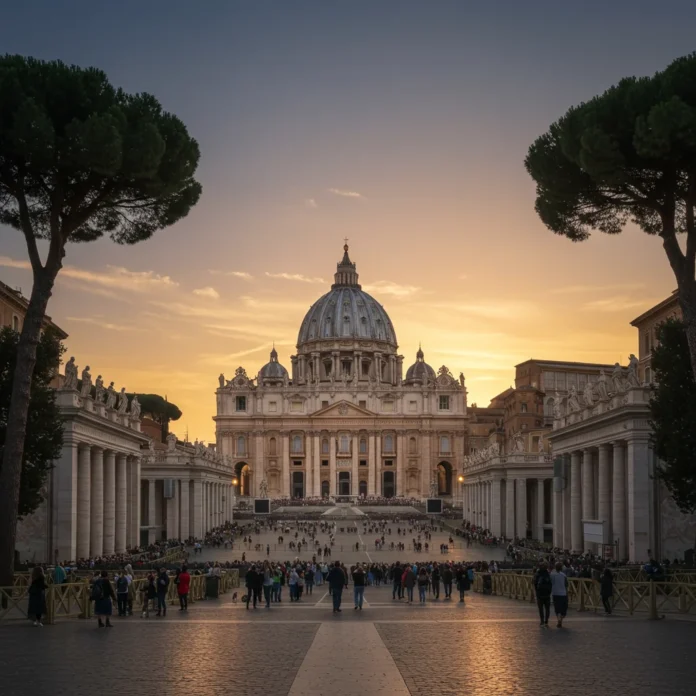Introduction to Vatican Essentials
The Vatican City stands as a symbol of religious, artistic, and historical significance. For many travelers, a visit to the Vatican is an opportunity to witness centuries of spiritual tradition and to marvel at some of the world’s most treasured masterpieces. In this guide, we offer practical advice and insider knowledge to help you prepare for an unforgettable experience, whether you are drawn by faith, art, or curiosity.
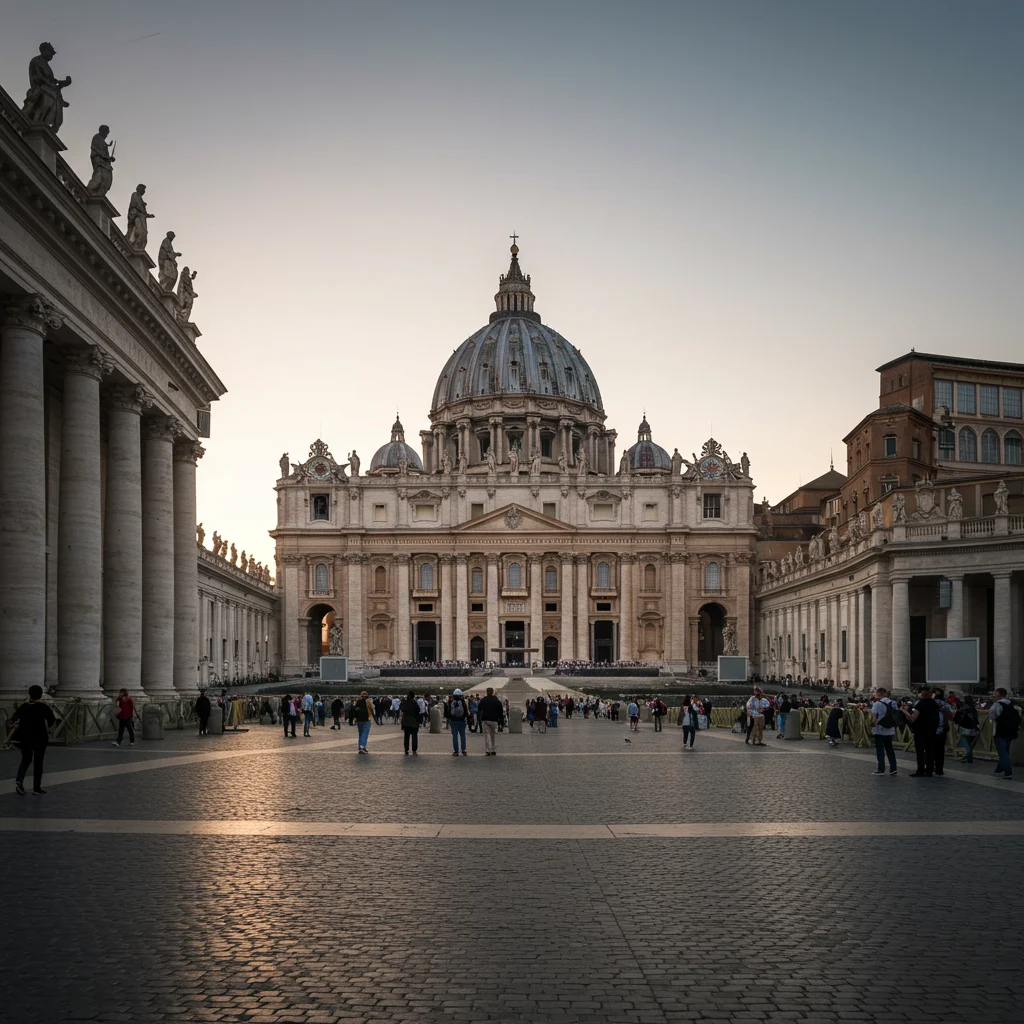
Why Visit the Vatican?
People from every corner of the globe journey to the Vatican for its unparalleled blend of sacred spaces, legendary art, and vibrant history. The city-state holds a unique place as the spiritual center of Catholicism, the residence of the Pope, and the custodian of artistic wonders such as the Sistine Chapel and St. Peter’s Basilica.
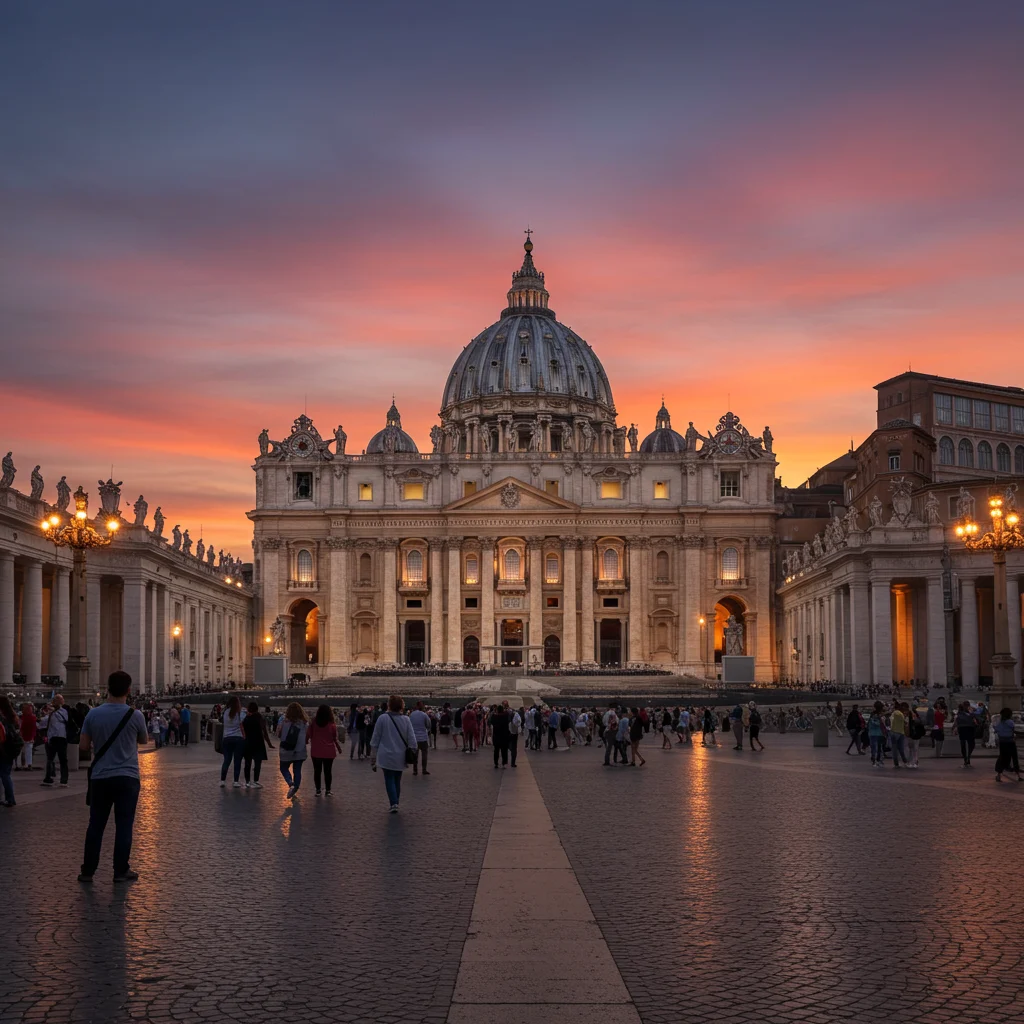
A visit allows you to stand beneath Michelangelo’s awe-inspiring frescoes, wander the halls of the Vatican Museums, and witness religious rituals that have shaped Western civilization. For those seeking guidance on what not to miss, we suggest our Vatican must-sees overview.
Where Is the Vatican Located?
The Vatican City is an independent city-state entirely surrounded by Rome, Italy. With an area of just 44 hectares, it is the smallest country in the world, situated on the west bank of the Tiber River. Its central location makes it easily accessible from anywhere in Rome.
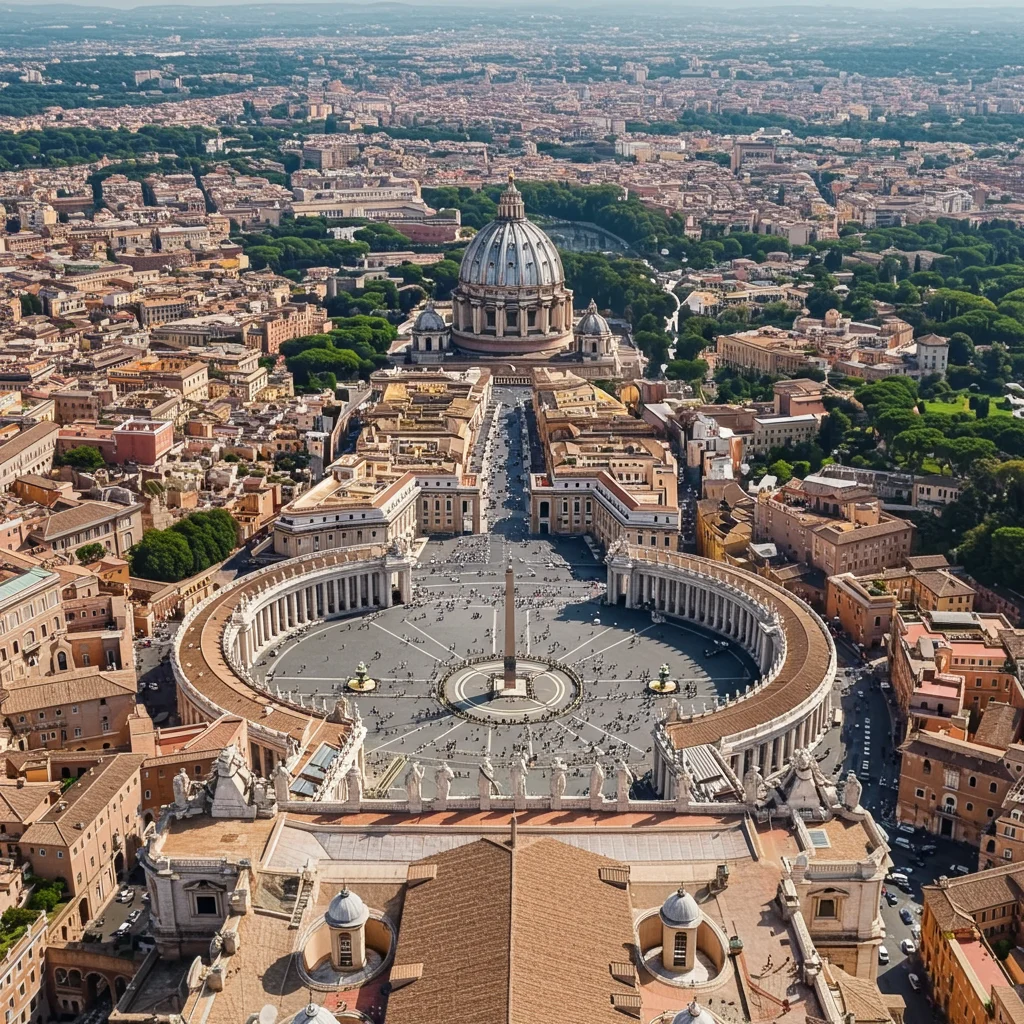
How to Get to the Vatican City
Reaching the Vatican is straightforward thanks to Rome’s efficient transportation system. The Ottaviano-San Pietro metro station on Line A is just a short walk from the Vatican Museums entrance. Numerous city buses and trams also serve the area, while taxis and ride-sharing services provide quick alternatives for those with limited mobility or tight schedules.
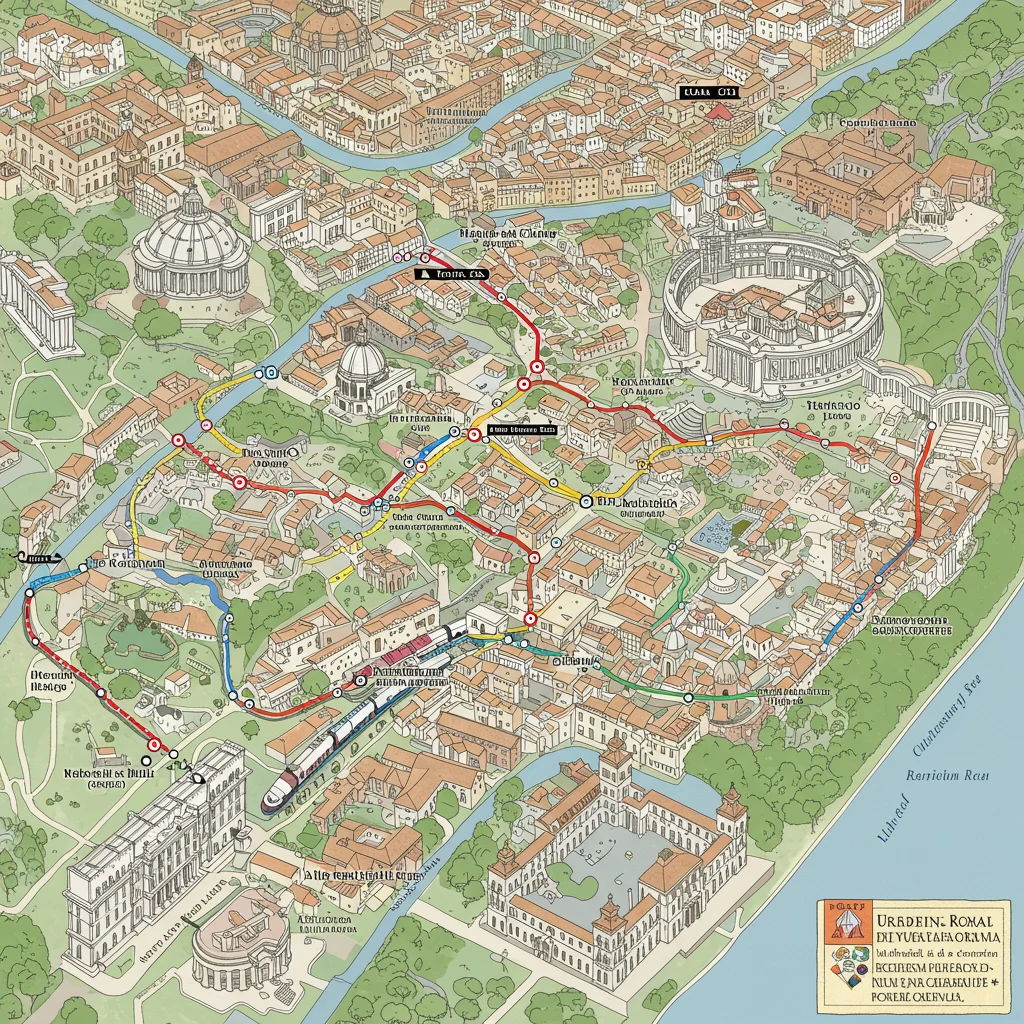
For those unfamiliar with Rome’s public transport, we recommend purchasing tickets in advance and keeping an eye on pickpockets during busy periods.
Best Time to Visit the Vatican
The Vatican welcomes visitors year-round, but certain times offer a more comfortable and rewarding experience. Early mornings, especially midweek, tend to be less crowded. Spring (April to June) and autumn (September to October) offer pleasant weather and manageable queues.
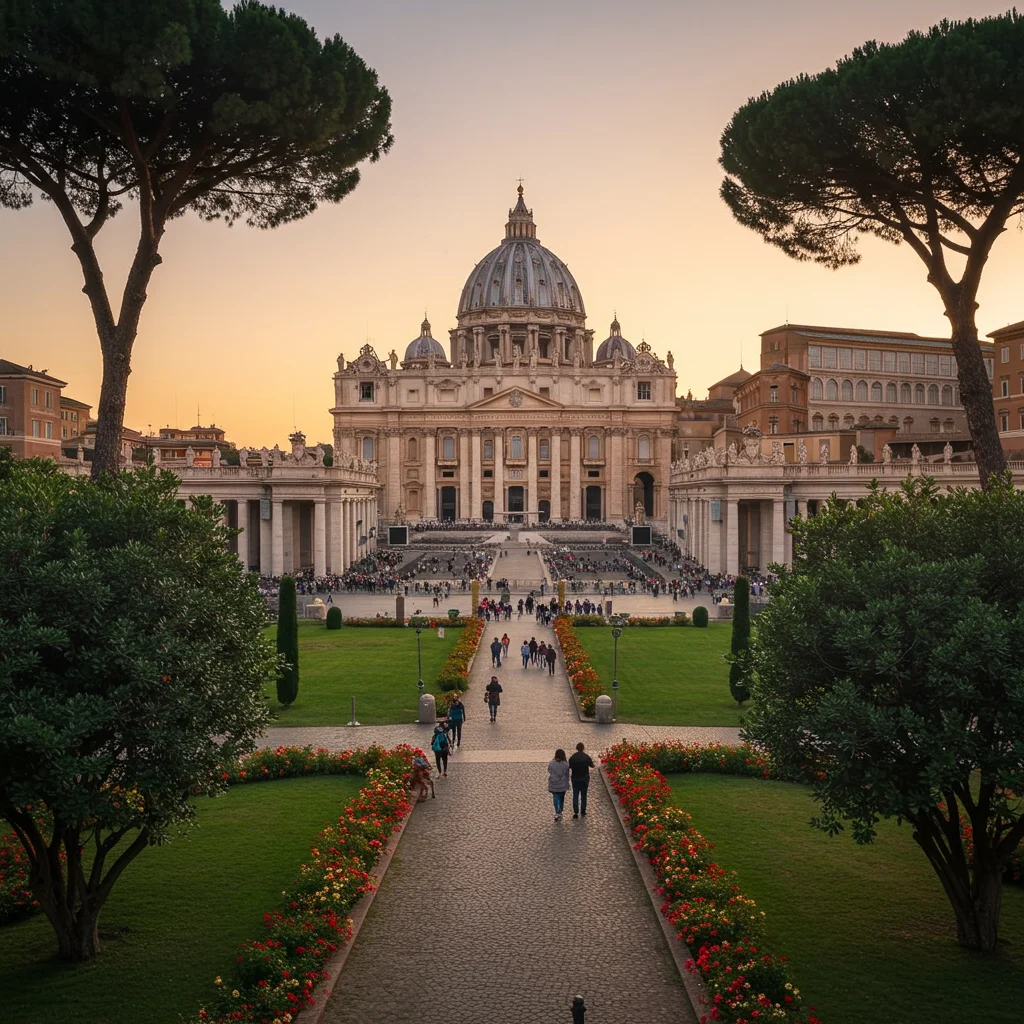
During religious holidays such as Easter and Christmas, the Vatican hosts special events but crowds reach their peak. Planning your visit for the shoulder seasons can help you enjoy the art and architecture with fewer distractions.
Tickets and Entry Requirements
Access to the Vatican Museums and the Sistine Chapel requires a ticket, which can be purchased online or at the official ticket office. Advance booking is highly recommended, as same-day tickets often sell out, especially during high season. St. Peter’s Basilica is free to enter, but certain areas like the dome and treasury require an additional ticket.
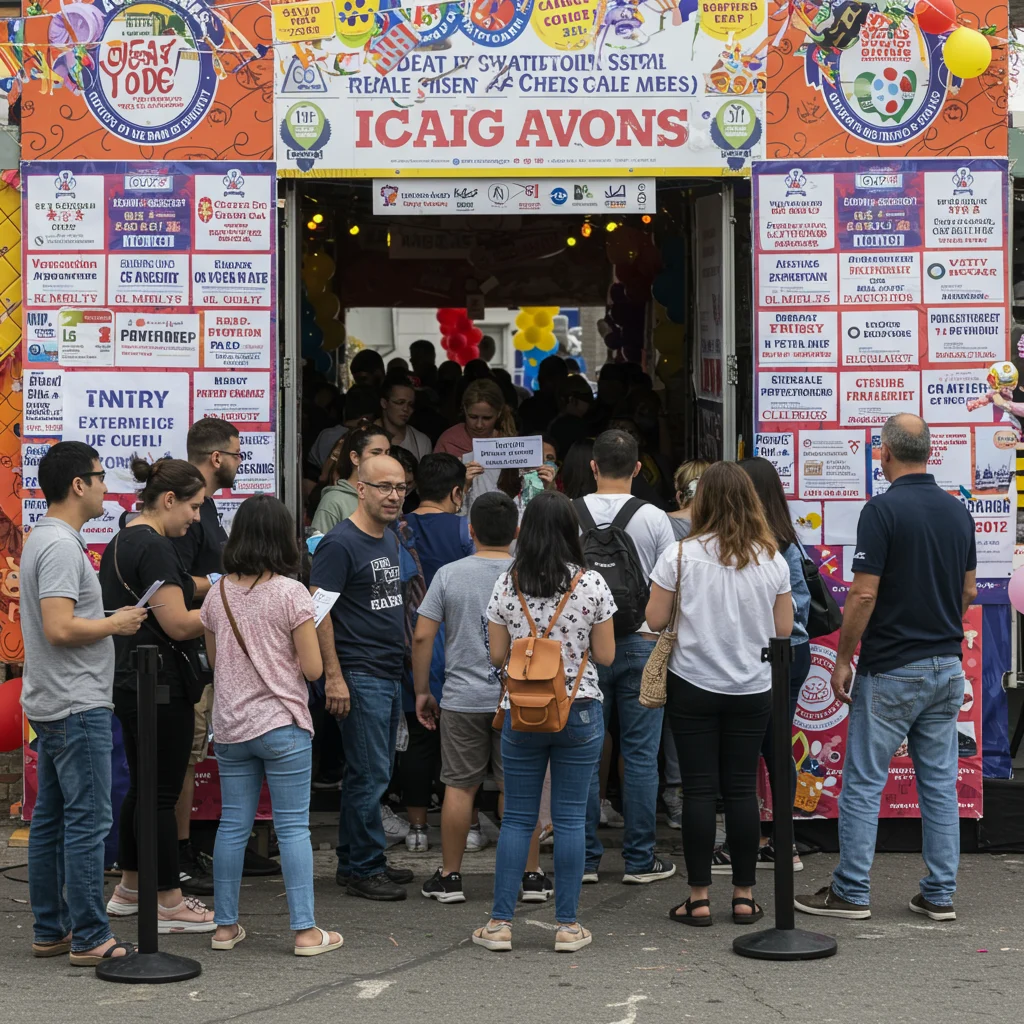
Always carry a valid ID, as security checks are rigorous. For comprehensive entry advice, our essential Vatican guide provides further insights.
What Are the Vatican Museums?
The Vatican Museums are a series of interconnected galleries and spaces housing one of the world’s most significant art collections. From ancient sculptures to Renaissance masterpieces, the museums offer a journey through history, faith, and creativity.

History of the Vatican Museums
The origins of the Vatican Museums date back to the early 16th century, when Pope Julius II began assembling a collection of classical sculptures. Over the centuries, successive popes expanded the museums, commissioning new galleries and acquiring priceless works of art.
How Many Museums Are in the Vatican?
There are more than a dozen distinct museums and galleries within the Vatican Museums complex. These include collections devoted to ancient Egypt, Etruscan artifacts, Renaissance paintings, papal carriages, and much more.
Must-See Highlights in the Vatican Museums
With so much to see, prioritizing the highlights ensures a memorable visit. The following sections detail some of the most celebrated and unique collections within the museums.
The Raphael Rooms: What Makes Them Special?
The Raphael Rooms are a suite of papal apartments adorned with frescoes by Raphael and his workshop. Their luminous colors and dynamic compositions capture pivotal moments in Church history, with “The School of Athens” standing as a testament to Renaissance genius.
Gallery of Maps: A Journey Through History
Stretching over 120 meters, the Gallery of Maps dazzles with its vivid topographical frescoes of Italy’s regions. As you stroll beneath its vaulted ceiling, the intricate detail and vibrant blues and greens evoke the landscapes and spirit of 16th-century exploration.
Pinacoteca: Vatican Art Gallery
The Pinacoteca houses an exceptional collection of paintings by masters such as Leonardo da Vinci, Caravaggio, and Giotto. Its airy halls allow visitors to admire works spanning from medieval icons to the height of the Baroque era.
Gregorian Egyptian Museum: Ancient Wonders
The Gregorian Egyptian Museum transports visitors to the world of the pharaohs. Mummies, sarcophagi, and statuary are displayed alongside artifacts from the ancient Near East, creating a sense of awe and reverence for civilizations long past.
Pio Clementino Museum: Classical Sculptures
The Pio Clementino Museum is renowned for its collection of Greco-Roman sculpture, including the celebrated Laocoön Group and the Apollo Belvedere. Marble figures, their surfaces cool and luminous, line echoing corridors that invite quiet contemplation.
The Carriage Pavilion: Papal Vehicles
In the Carriage Pavilion, visitors encounter an array of historic carriages, automobiles, and even the iconic Popemobile. Each vehicle tells a story of papal ceremony and adaptation through the ages.
Modern Religious Art Collection
The Collection of Modern Religious Art features works by artists such as Van Gogh, Chagall, and Dalí. The striking contrasts of color and form highlight the ongoing dialogue between faith and contemporary creativity.
How to Plan Your Vatican Museums Visit
A successful trip to the Vatican Museums requires thoughtful planning. From choosing your route to deciding between guided and self-guided experiences, preparation can make the difference between a rushed tour and a meaningful encounter with art and history.
Recommended Museum Routes
Several routes are available, ranging from the shortest path to the Sistine Chapel to comprehensive itineraries covering the entire museum complex. We suggest reviewing the museum’s official maps and tailoring your route to your interests and time constraints.
Self-Guided vs. Guided Tours
Guided tours offer expert insights, skip-the-line benefits, and a curated experience, while self-guided visits provide flexibility and personal pace. For those interested in a deep dive, our article on the full Vatican experience with a guided Sistine Chapel visit outlines the advantages of joining a tour.
How Much Time to Spend in the Museums?
We recommend allocating at least three hours for a meaningful visit. Art enthusiasts may wish to spend a full day, while those with limited time can prioritize key highlights. Factor in time for security checks and queues.
Tips for Avoiding Crowds
To enjoy the collections with fewer people, arrive early or book late afternoon entry. Wednesdays and weekends are typically the busiest, especially following papal audiences. Booking tickets online and opting for less popular routes can further enhance your experience.
Accessibility in the Vatican Museums
The museums are committed to accessibility, offering elevators, ramps, and wheelchairs for visitors with mobility challenges. Staff are available to assist, and dedicated routes ensure that everyone can appreciate the art.
Photography Rules and Etiquette
Photography is permitted in most areas of the Vatican Museums, but flash and tripods are prohibited. In the Sistine Chapel, photography is strictly forbidden to protect the delicate frescoes. Always be mindful not to block pathways or disrupt other visitors.
Vatican Museum Gift Shops & Souvenirs
Gift shops throughout the museums offer a range of souvenirs, from art books and prints to religious items and jewelry. Purchases support the museum’s conservation efforts and make for meaningful mementos of your visit.
Dining Options Inside the Vatican Museums
Cafeterias and snack bars are available within the museums, providing light meals, coffee, and pastries. For a memorable break, the outdoor terrace offers sweeping views over the city of Rome.
The Sistine Chapel: A Masterpiece Unveiled
The Sistine Chapel is a place of profound spiritual and artistic resonance. Every year, millions stand in silence beneath its vaulted ceiling, gazing upward at Michelangelo’s legendary frescoes.
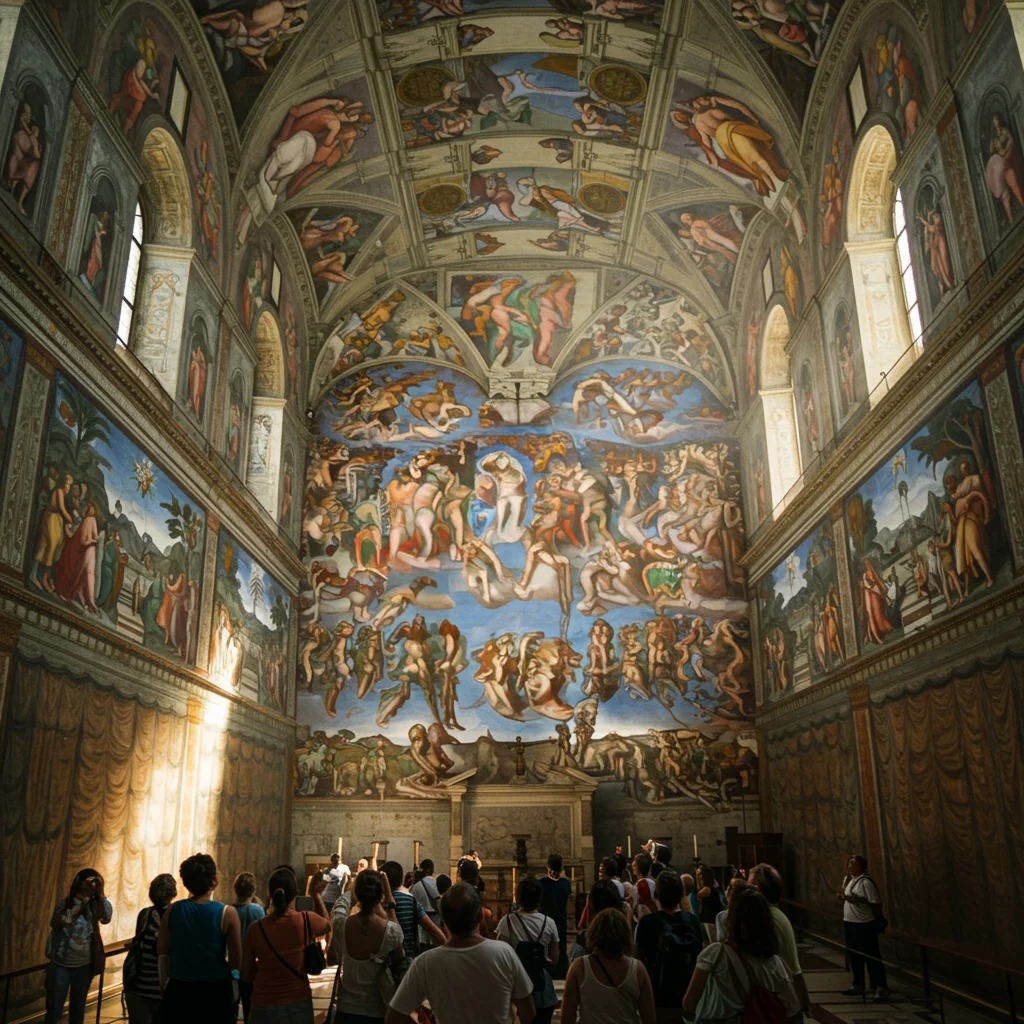
History and Construction of the Sistine Chapel
Built between 1473 and 1481 under Pope Sixtus IV, the Sistine Chapel was designed as a private chapel for papal ceremonies. Its unassuming exterior belies the breathtaking art within, which has inspired generations of believers and artists alike.
Michelangelo’s Ceiling: What Should You Look For?
Michelangelo’s ceiling, completed between 1508 and 1512, presents scenes from Genesis with vibrant color and dramatic movement. The central panels depict the Creation, the Fall, and the story of Noah, while the surrounding figures—prophets, sibyls, and ignudi—demonstrate the artist’s mastery of anatomy and emotion.
As experts often say:
“Great art is not what you see, but what you make others see.” — Edgar Degas
The Last Judgment: Decoding the Fresco
Painted later by Michelangelo on the chapel’s altar wall, “The Last Judgment” bursts with energy and symbolism. The fresco’s swirling figures, expressive faces, and dramatic gestures invite viewers to reflect on themes of salvation and redemption.
Rules for Visiting the Sistine Chapel
Strict rules help preserve the chapel’s sacred atmosphere and fragile artworks. Silence is required inside, and visitors are expected to dress modestly and behave respectfully at all times.
Can You Take Photos in the Sistine Chapel?
Photography is strictly prohibited within the Sistine Chapel. This rule protects the priceless frescoes from damage caused by camera flashes and allows all guests to appreciate the space in tranquility.
Dress Code for the Sistine Chapel
A modest dress code applies: shoulders and knees must be covered for both men and women. Hats should be removed, and sleeveless tops or short skirts are not permitted.
How to Experience the Sistine Chapel Without Crowds
To enjoy the Sistine Chapel in a quieter setting, consider booking an early morning or after-hours tour. These exclusive experiences provide a rare opportunity to linger and absorb the details without the press of crowds. Our post on exclusive Vatican tours offers additional strategies for a serene visit.
St. Peter’s Basilica: Center of Catholicism
At the heart of the Vatican stands St. Peter’s Basilica, a monumental church that embodies centuries of faith, inspiration, and artistic achievement.

History and Architecture of St. Peter’s Basilica
Construction of the current basilica began in 1506 and concluded in 1626, replacing an earlier church built by Emperor Constantine. Its soaring dome and harmonious proportions reflect the vision of Renaissance and Baroque masters.
Who Designed St. Peter’s Basilica?
Several architects contributed to the basilica’s design, including Bramante, Raphael, Michelangelo, and Bernini. Michelangelo’s influence is most evident in the majestic dome, while Bernini’s creative genius shaped the interior and the surrounding square.
What Makes the Dome of St. Peter’s Unique?
The dome of St. Peter’s rises 136 meters above the basilica floor, dominating the Roman skyline. Its double-shell structure, sweeping curves, and panoramic viewing platform make it an architectural marvel and a highlight for visitors.
Major Artworks Inside the Basilica
St. Peter’s Basilica is home to masterpieces that reflect the spiritual and artistic aspirations of the Church. The following works are particularly renowned.
Michelangelo’s Pietà: Why Is It So Famous?
Carved when Michelangelo was just 24, the Pietà captures the Virgin Mary cradling the body of Christ with exquisite tenderness and realism. Its polished marble surface and delicate details draw visitors into a quiet moment of reflection.
Bernini’s Baldachin: A Baroque Marvel
Bernini’s Baldachin—a monumental bronze canopy—soars above the papal altar. Its twisting columns and gilded ornamentation embody the dramatic spirit of the Baroque, while sheltering the tomb of St. Peter beneath.
The Papal Altar and Confessio
The papal altar stands directly above the Confessio, the site believed to hold the remains of St. Peter. Pilgrims and visitors alike pause here in reverence, surrounded by golden mosaics and flickering candlelight.
Visiting St. Peter’s Basilica: What You Need to Know
A visit to St. Peter’s Basilica is a highlight of any Vatican trip. Entry is free, but lines can be long, especially during peak hours. Security checks are mandatory, and a strict dress code applies.
How to Climb the Dome
Climbing the dome rewards visitors with sweeping views of Rome and the Vatican Gardens. The ascent involves both elevator and stairs, with the final section being narrow and steep. The effort is well worth it for the breathtaking panorama.
Dress Code and Security Checks
Modest attire is required: no shorts, sleeveless tops, or short skirts. Security checks at the entrance include metal detectors and bag screening. Arriving early can help reduce wait times.
Mass Times and Religious Services
Daily Masses are celebrated in multiple languages. Check the official basilica website for the latest schedule, especially if you wish to attend a special service or papal liturgy.
Is Entrance to St. Peter’s Basilica Free?
General admission to St. Peter’s Basilica is free. However, access to the dome, the treasury, and the Vatican Necropolis requires separate tickets and advance reservations.
St. Peter’s Square: The Heart of the Vatican
St. Peter’s Square welcomes millions of pilgrims and tourists each year. Its sweeping colonnades and central obelisk create a space of grandeur and unity.
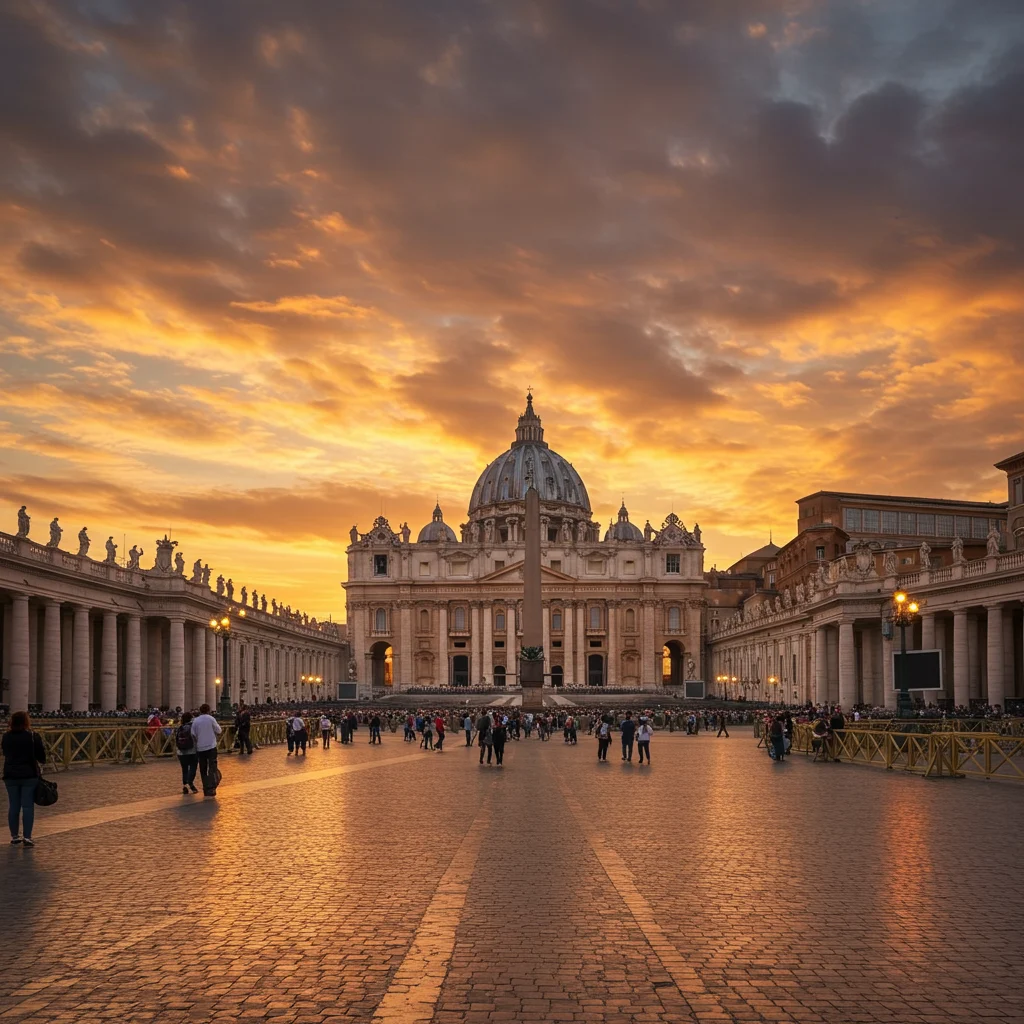
Design and Symbolism of St. Peter’s Square
Designed by Gian Lorenzo Bernini in the 17th century, the square’s elliptical shape and embracing colonnades symbolize the Church’s open arms. The symmetry and scale inspire a sense of awe upon arrival.
The Vatican Obelisk: Ancient Origins
At the center of the square stands an ancient obelisk brought from Egypt by Emperor Caligula. Its weathered surface and towering height serve as a silent witness to the passage of history.
The Colonnade: Embracing Visitors
The four rows of Tuscan columns that flank the square create a dramatic visual effect, guiding visitors toward the basilica and providing shelter from sun and rain.
Attending Papal Audiences and Events
A papal audience is a rare opportunity to see the Pope and participate in a moving communal event. Tickets are required but free of charge, and the atmosphere is filled with anticipation and joy.
How to Get Papal Audience Tickets
Tickets for papal audiences can be requested in advance through the Prefecture of the Papal Household or via authorized religious institutions. Plan to submit your request several weeks ahead, as availability is limited.
What to Expect During a Papal Audience
Papal audiences are held most Wednesdays in St. Peter’s Square. Expect a multilingual crowd, prayers, blessings, and sometimes personal greetings from the Pope. Arrive early for security checks and to secure a good viewing spot.
Special Events and Ceremonies at the Vatican
Major religious holidays, canonizations, and Easter or Christmas liturgies draw enormous crowds and include processions, music, and special papal blessings. The atmosphere during these events is electric, with a sense of shared purpose and reverence.
Vatican Gardens: A Hidden Gem
The Vatican Gardens offer a tranquil escape from the bustle of the museums and basilica. Lush greenery, fragrant blooms, and ancient fountains create a peaceful oasis rarely seen by the public.
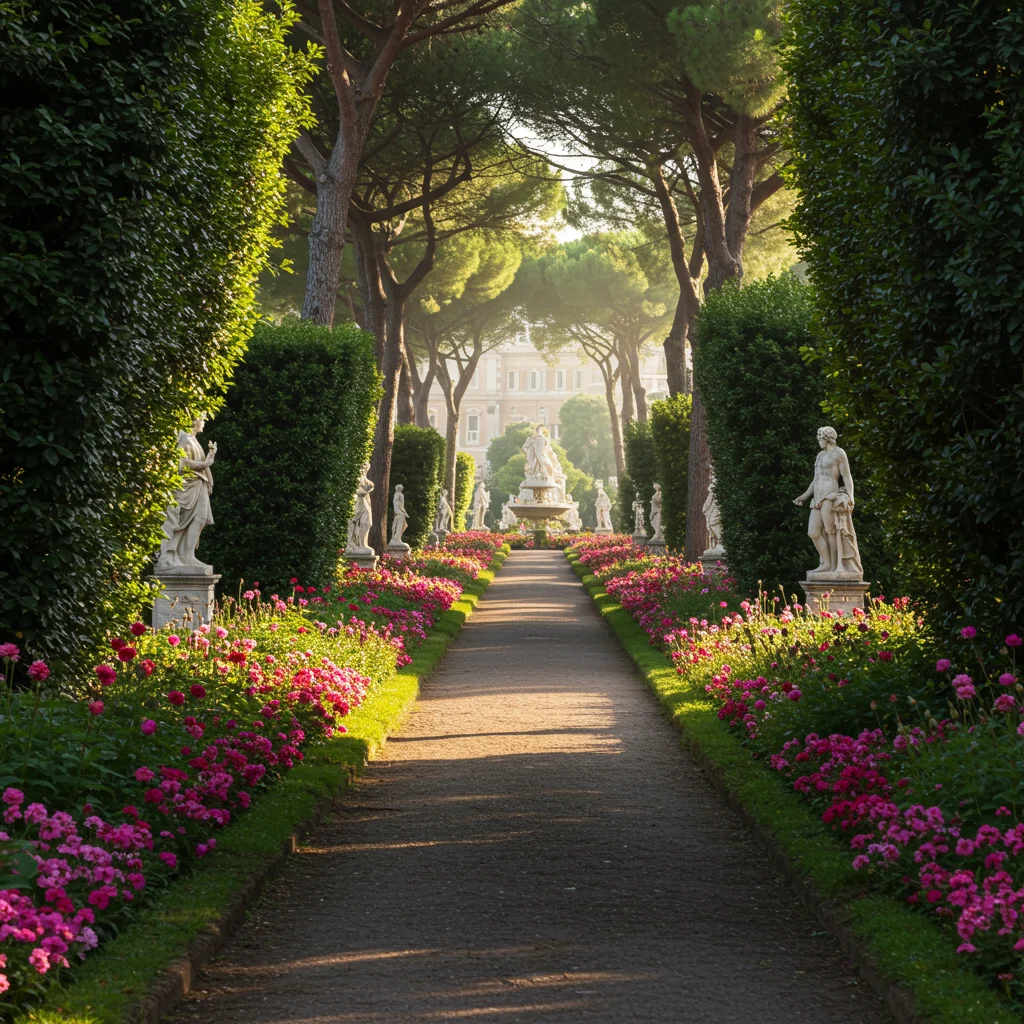
How to Visit the Vatican Gardens
Access to the Vatican Gardens is by guided tour only, which can be booked in advance. Tours provide insight into the gardens’ history, design, and the role they play in the daily life of the Vatican.
What Will You See in the Vatican Gardens?
Expect to encounter manicured lawns, winding paths, Renaissance sculptures, and quiet chapels. The gardens also offer unique viewpoints of St. Peter’s Basilica and the Vatican’s ancient walls.
Planning Your Vatican Visit: Essential Tips
Preparation is key for a smooth and rewarding Vatican experience. Below, we share practical advice to help you make the most of your day.
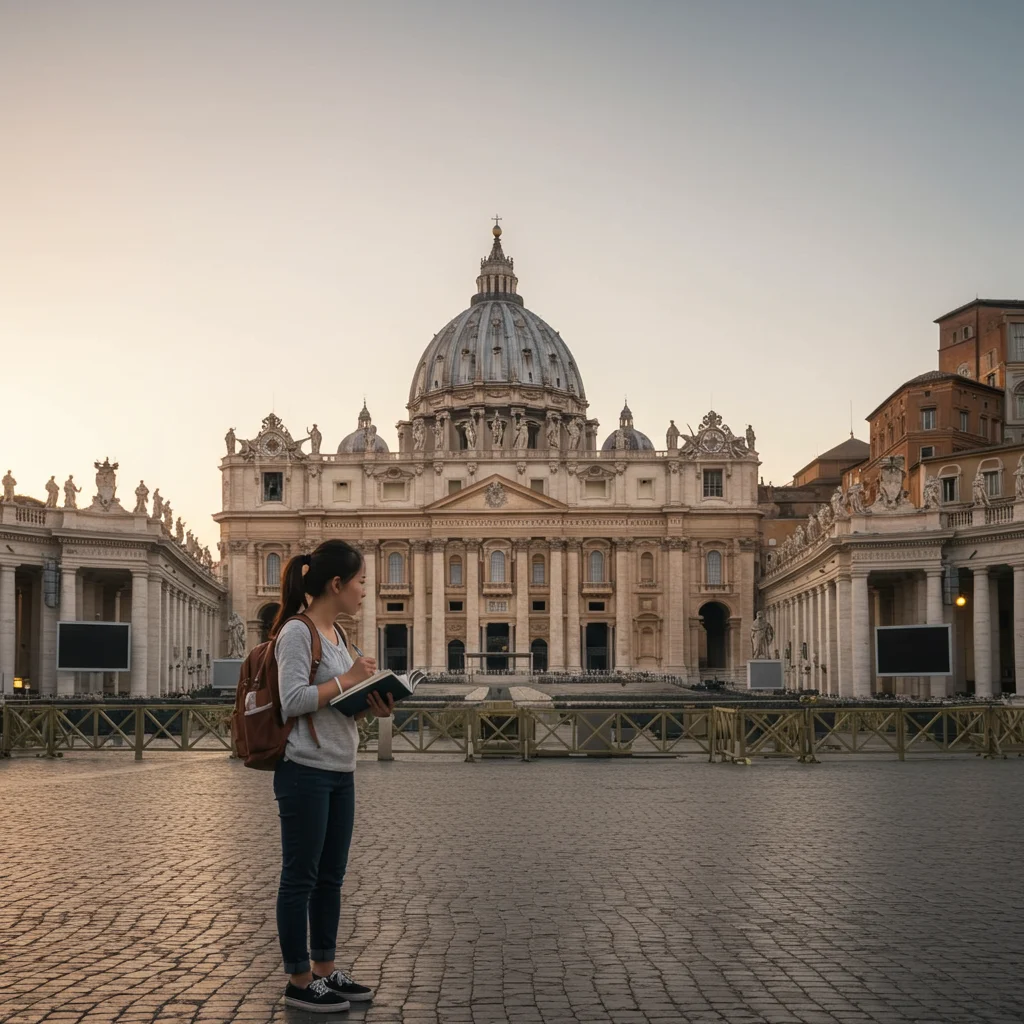
Dress Code and Visitor Etiquette
Dressing appropriately is essential; modest clothing ensures entry to all sacred spaces. Speak softly, respect designated quiet zones, and avoid blocking passageways when admiring art or taking photos.
Security and Bag Checks: What to Expect
All visitors must pass through airport-style security. Large bags, umbrellas, and sharp objects are not permitted. Travel light and be prepared for queues, especially during peak periods.
Where to Eat Near the Vatican
Numerous cafés, trattorias, and gelaterias surround the Vatican. For a taste of authentic Roman cuisine, venture a few blocks from the main tourist areas. Reservations are recommended for popular restaurants, particularly at lunch.
For a deeper look at how best to plan your day, our complete Vatican tour guide shares additional tips on dining and navigating the area.
How to Combine the Vatican with Nearby Attractions
Pairing your Vatican visit with nearby sites enriches your understanding of Rome’s layered history. The surrounding districts are filled with stories, architecture, and culinary delights.
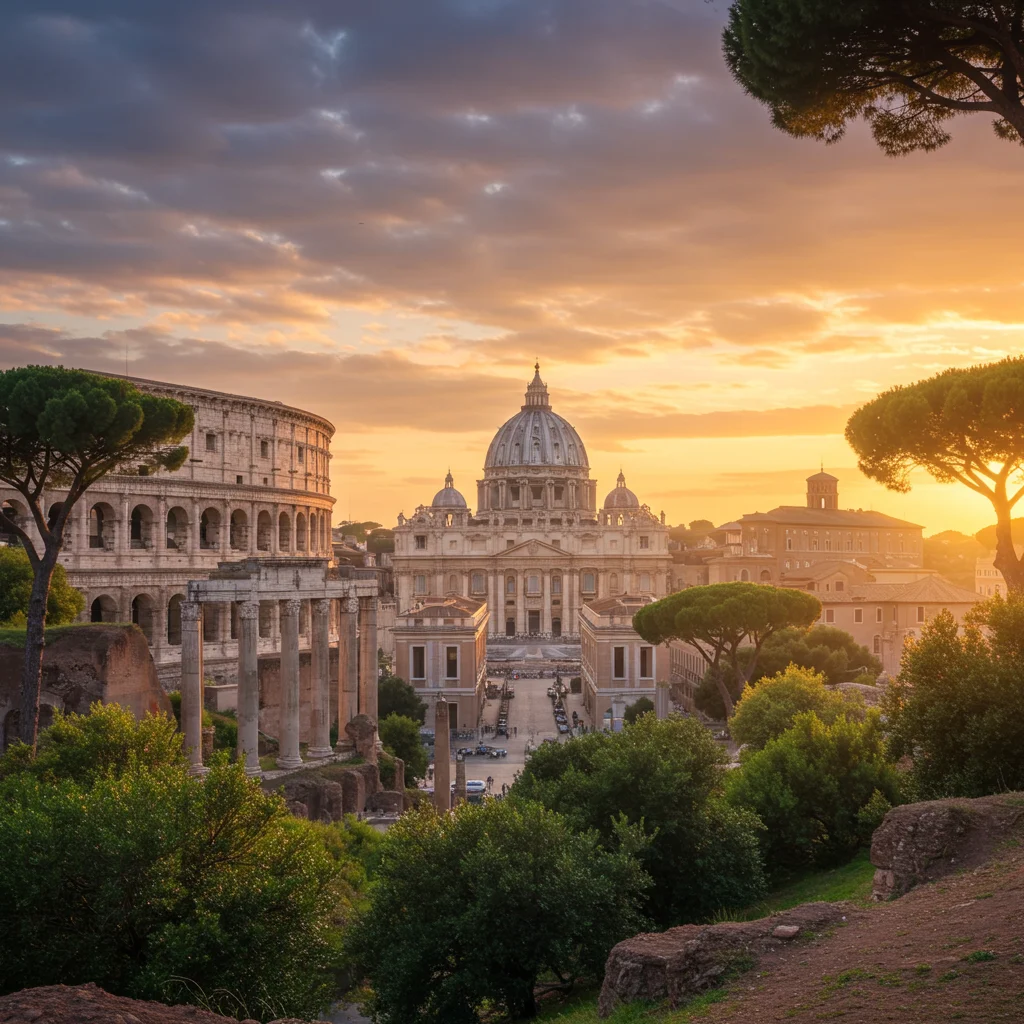
Castel Sant’Angelo: History Next Door
Just a short walk from St. Peter’s Square, Castel Sant’Angelo offers panoramic views and a journey through centuries of papal intrigue. Originally built as a mausoleum for Emperor Hadrian, it later served as a fortress and refuge for popes.
Exploring the Borgo District
The Borgo district, with its narrow streets and lively atmosphere, invites visitors to sample local cuisine, browse artisan shops, and glimpse daily life in Rome. Its proximity to the Vatican makes it ideal for a leisurely stroll before or after your visit.
Frequently Asked Questions About Visiting the Vatican
Visitors often have practical questions about what to expect. Here we address some of the most common concerns:
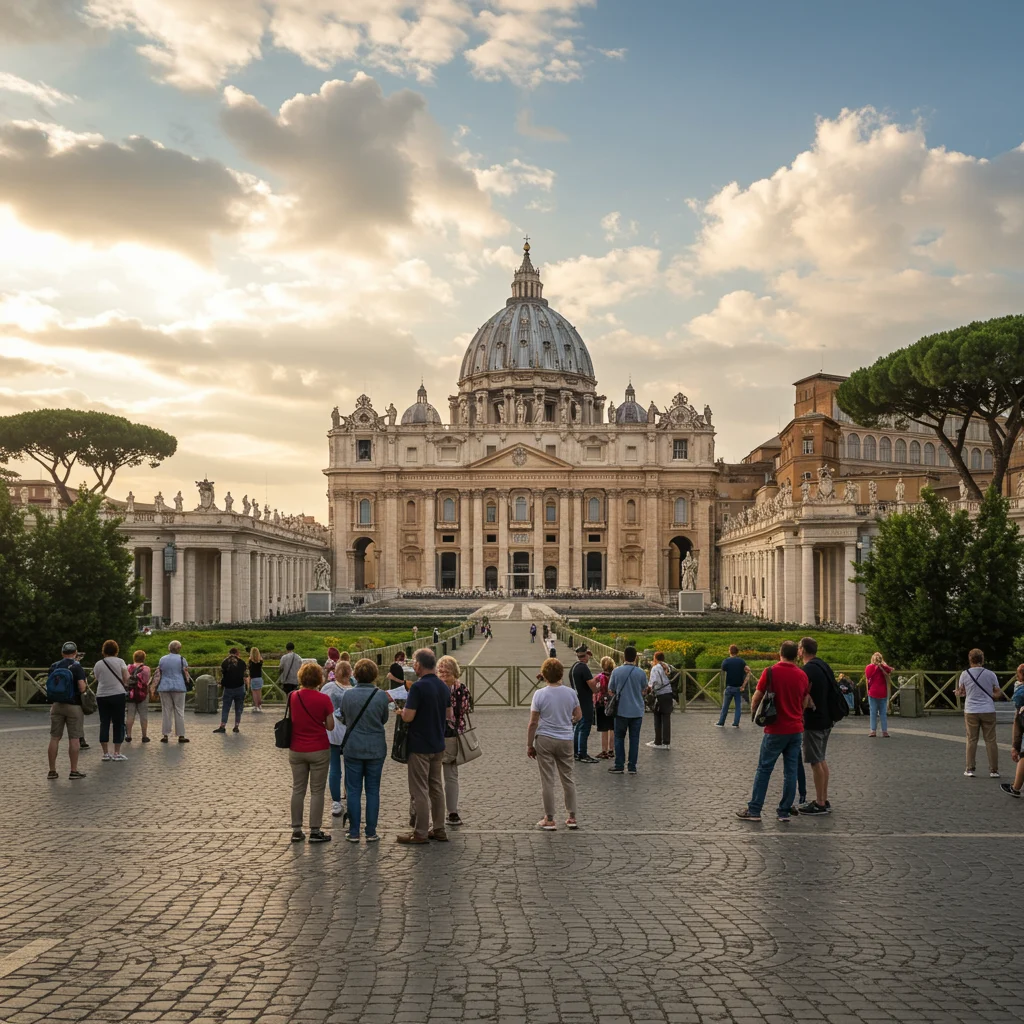
- Do I need to book Vatican tickets in advance? Yes, especially for the museums and Sistine Chapel. Online booking saves time and guarantees entry.
- Is there a dress code? Modest dress is required for all Vatican sites.
- Are guided tours worth it? Many find that guided tours add context and access to hidden details. For options, see our essential Vatican guide.
- How long should I spend at the Vatican? A half-day is the minimum, but a full day allows you to appreciate all major sites.
- Can I attend a papal audience? Yes, with advance ticket requests.
How to Book on Viator
Booking activities, tours, and skip-the-line tickets for the Vatican Museums, Sistine Chapel, and St. Peter’s Basilica is easy with Viator. Their platform offers a wide range of options, from standard entry to exclusive small-group experiences. Plan your trip on Viator to secure your spot and benefit from flexible cancellation policies.

We recommend checking the latest availability and reading reviews before you find tours on Viator, especially during peak travel seasons.
Conclusion: Making the Most of Your Vatican Experience
A visit to the Vatican is more than a journey through art and architecture—it is a chance to connect with centuries of human creativity and devotion. With thoughtful planning and a spirit of respect, you can savor every moment, from the hushed awe of the Sistine Chapel to the sunlit embrace of St. Peter’s Square.

For more expert advice, trusted tips, and in-depth resources, we invite you to explore Izase as your companion for a seamless and enriching Vatican adventure.
Disclaimer: This information is accurate to the best of our knowledge; however, there may be changes or mistakes. Please verify exact details on the Viator booking page.

